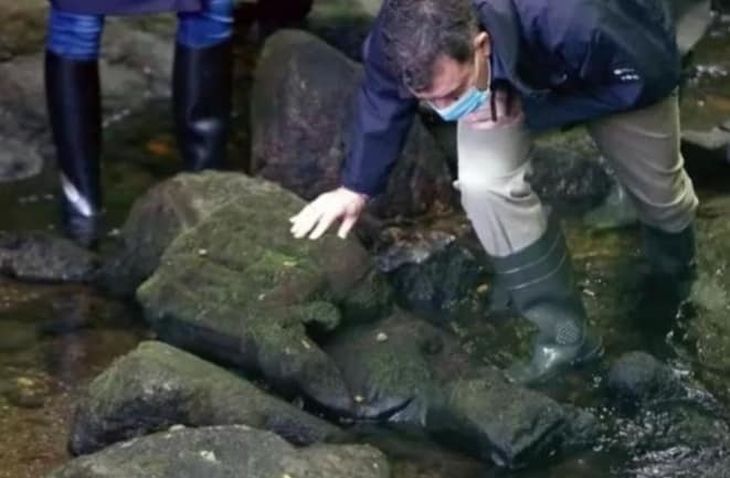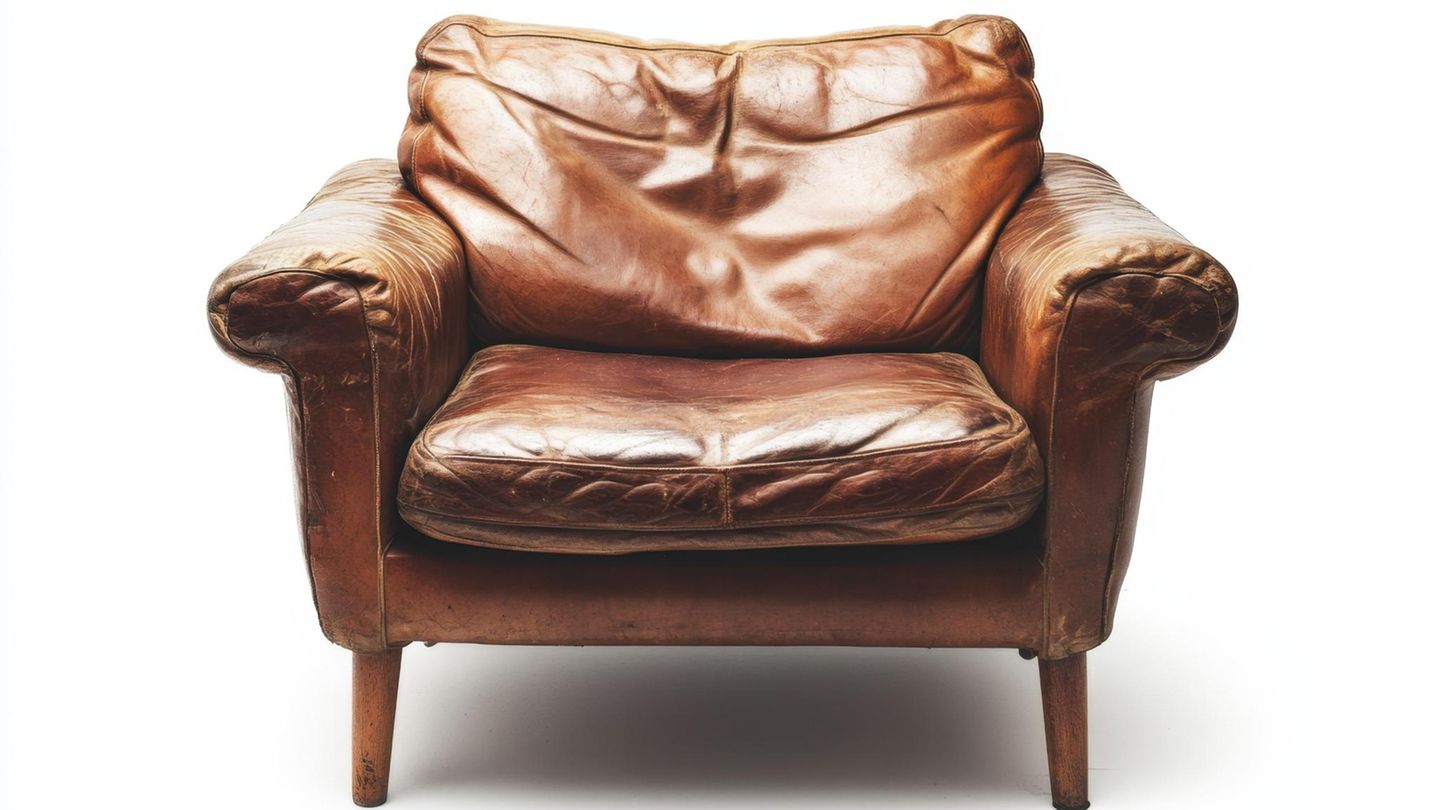The discovery of the “Virxe de Conxo”, a historical piece from the 14th century, generated a great stir in Galicia. I discovered his story.
One day, while fishing in the Sar river in search of trout, Fernando Brey Quintelaa Galician fisherman, stumbled upon something that would change his life forever. Under the mud and moss, his feet encountered a strange figure. When he brought it to the surface, he discovered a beautiful gothic virgina work of incalculable historical and artistic value. This event made him the protagonist of what could well be an adventure film.
The content you want to access is exclusive to subscribers.
With a layer of moss covering it, the discovery, made in June 2020, had remained submerged in river water for at least a century. At first, his family doubted the discovery, but a year later it was confirmed that it was a piece from the 14th century. With the name of “Virxe of Conxo“, this work had gone unnoticed for generations, until chance brought it to light.


What Fernando Brey Quintela found
The sculpture, carved in granite, represents a seated Virgin with the baby Jesus, surrounded by two angels. According to the first studies, it is part of the Galician Gothic stylewith a probable date in 14th century. This piece is round in shape and has carvings on four of its five faces, which suggests that it was designed to be suspended on a wall. The base of the sculpture is decorated with a four-petal flower and intertwined acanthus leaves, reinforcing the idea that it was not intended to rest on another object.
In the image of the Virgin and Childthe two angels accompanying them are visibly worn. Despite this, you can still distinguish their faces and hands, which seem to be holding some object or the figure’s cloak. This feature adds a touch of delicacy to the work, while the lack of complete detail on the angels suggests considerable deterioration over time.
On the other hand, both the head of the Child and the face of the Virgin have disappeared. This damage, known as “ancient impact”shows edge wear that could have been caused by intentional breaking, probably to strip the piece of its sacred character. This type of damage, common in objects of religious value, indicates a possible deliberate intervention in their integrity.
Fernando-Quintela-2.jpg

Right to compensation: how much is the sculpture valued?
The discovery of the Gothic Virgin in the Sar River has generated a great stir, not only because of its historical importance, but also because of the legal implications it entails. According to Spanish law, Fernando Brey, who found the work while fishing in the river, has right to compensation equivalent to 50% of the value of the piecewhose value has been estimated at about 100 thousand dollars. The object was initially handed over to the Department of Culture, which was in charge of its restoration and conservation. Currently, the piece is in the Pilgrimage Museumwhere it is exhibited as a treasure of the Galician region.
The relevance of this finding was confirmed by Ana Paula Castroantiques expert and friend of Brey. In an interview with Telemadrid, the specialist assured that, despite the deterioration suffered by the passage of time and its stay underwater, The piece has incalculable historical value. Thanks to their intervention in the first weeks after the discovery, the Virgin was not stripped, and its conservation became a priority for cultural authorities. The restoration process, due to the weight of the piece (300 kilos) and its location in difficult-to-access terrain, demanded strict security measures to guarantee its future as a key element of Galician heritage.
Source: Ambito




